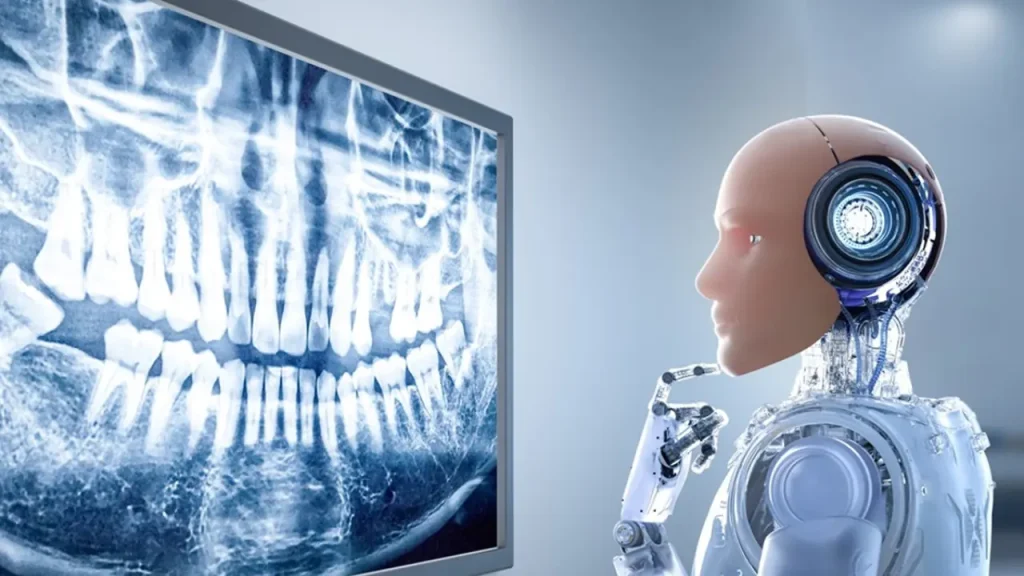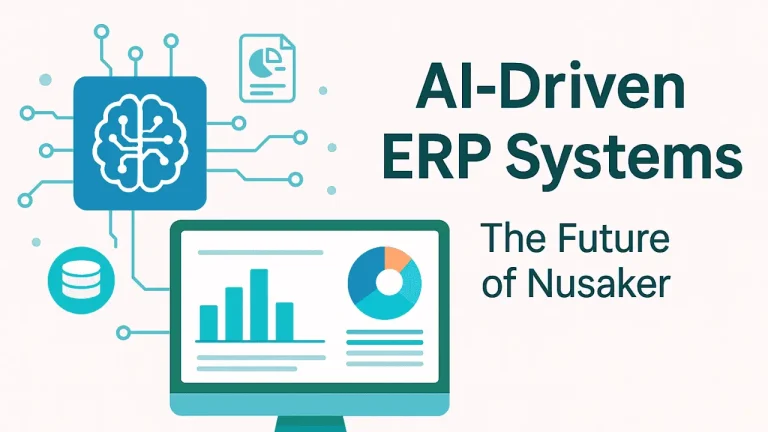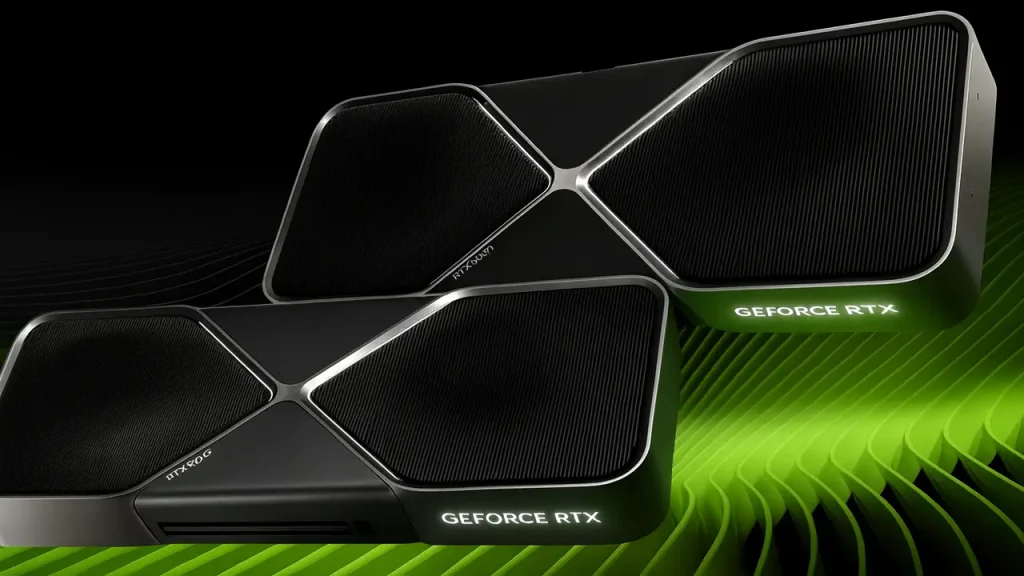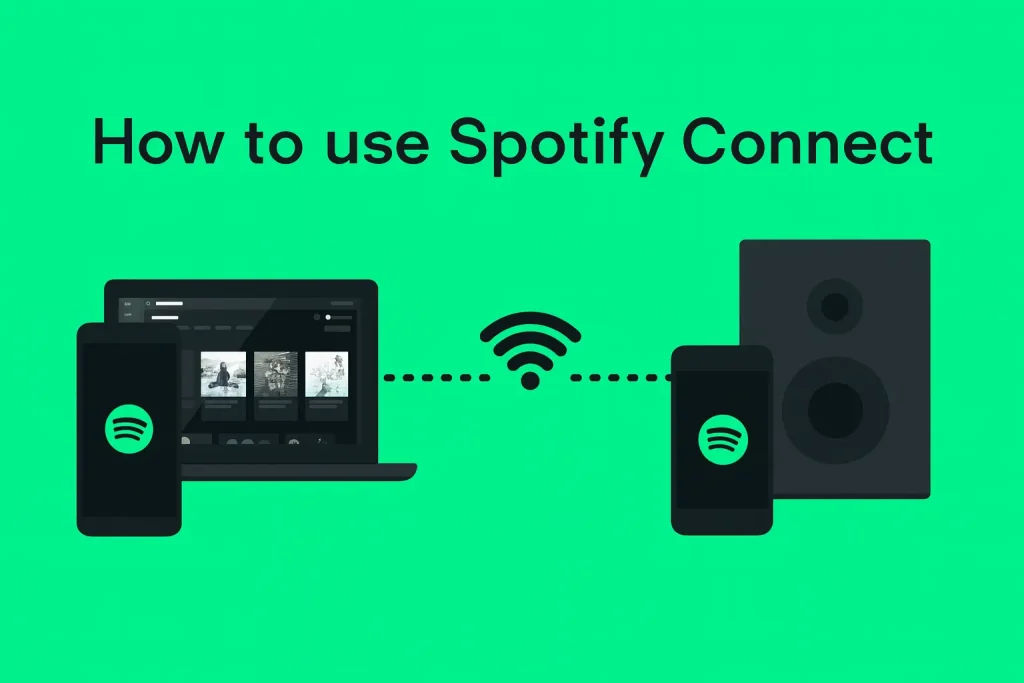Artificial intelligence isn’t just changing how we search or shop. It’s quietly revolutionizing how we detect oral disease, plan dental treatments, and protect patient smiles. Then, here comes Nerovet AI Dentistry: a new breed of dental intelligence that promises more accurate diagnostics, faster workflows, and earlier disease detection.

For both dental professionals and patients, the question is no longer if AI will impact dentistry but how and when to embrace it.
What Is Nerovet AI Dentistry?
Nerovet AI Dentistry is a cutting-edge technology that blends machine learning with advanced dental imaging to support more precise, data-driven decisions in diagnosis and treatment. Rather than replacing the dentist, Nerovet acts like a supercharged second opinion. It can flag early signs of decay, bone loss, or abnormalities that even experienced eyes might overlook.
In plain terms, it’s like giving your dental X-rays to a highly trained assistant who’s studied millions of cases before yours, instantly.
How Is AI Being Used in Dentistry Today?
AI in dentistry is already powering a range of tools in clinics around the world. Most commonly, it’s being used to:
- Analyze radiographs (like bitewings or CBCT scans) for early signs of disease
- Score risk for conditions like periodontal disease or implant failure
- Automate charting, insurance coding, and documentation
- Enhance patient communication by overlaying visual annotations on scans
According to a 2023 study in the Journal of Dental Research, AI-assisted diagnosis increased early detection of interproximal caries by over 20% compared to visual inspection alone.
“When I saw what the AI found in my patient’s panoramic X-ray, I was floored — it caught something I would’ve never spotted until the next checkup,” said Dr. Leonora Hart, a clinic owner in Toronto.
Why Is Nerovet Gaining Attention Now?
There are two big reasons: timing and trust.
First, the tech is finally ready. Over the past five years, AI models in dentistry have been trained on millions of anonymized dental images, making them not just fast but surprisingly accurate. At the same time, newer models like Nerovet are built with real-world use in mind, integrating directly into dental workflows, not sitting off to the side.
Second, there’s growing pressure to catch issues earlier, cut costs, and improve outcomes. Patients are demanding faster care with fewer surprises. Dentists are juggling time, liability, and diagnostic complexity. Nerovet steps in as a quiet ally, not to replace, but to refine and reinforce.
Why Traditional Dental Diagnostics Need an Upgrade
For decades, diagnosing dental problems has relied heavily on the clinician’s trained eye and subjective interpretation of X-rays. While skilled dentists catch the majority of issues, human error, fatigue, and image quality can all lead to missed diagnoses or late interventions.
Think about it: how many times have you waited until the next appointment to recheck a shadow or lesion? In dentistry, that kind of delay can mean a jump from early enamel erosion to a full-blown cavity.
Common Limitations in Today’s Dental Exams
Even the best clinicians are limited by what they can see, and how consistently they see it.
- Interobserver variability: Two dentists might interpret the same image differently.
- Low visibility in early-stage decay, hairline cracks, or periapical infections.
- Time pressure during high-volume days limits deep review.
- Bias toward more obvious pathologies (e.g., missing smaller issues hiding behind overlapping anatomy).
A 2021 ADA whitepaper noted that 15–25% of dental pathologies go undetected on initial exams in general practice not from negligence, but from human limits.
What Problems Does Nerovet AI Solve?
Nerovet is designed to solve two big issues in modern dentistry: missed early signs and workflow inefficiency.
It doesn’t just look for obvious problems. It analyzes patterns in the radiograph that correlate with disease progression. This means:
- Earlier detection of problems like bone loss, caries, and lesions
- Fewer false negatives, thanks to algorithmic consistency
- Visual overlays that help dentists explain findings to patients
- Reduced diagnostic time, giving more space for patient connection
“It’s not about replacing us,” says Dr. Aman Ghosh, a prosthodontist in Delhi. “It’s about giving us better tools to see sooner, act earlier, and build trust with patients.”
How Nerovet AI Dentistry Works (Step-by-Step)
Here’s how it works, step by step.
Step 1: Dental Imaging Capture (X-rays, 3D Scans)
It all starts with familiar tools: intraoral cameras, panoramic X-rays, or CBCT scans. These images are uploaded into the Nerovet system via secure cloud integration or local network, depending on the clinic setup.
No extra devices are required. The system works with most existing dental imaging hardware, reducing adoption friction. The AI doesn’t change your process, it enhances it.
“We didn’t need new machines. Nerovet integrated seamlessly with our existing sensors,” shared Dr. Hailey Brooks, a general dentist in Denver.
Step 2: AI-Powered Image Analysis & Anomaly Detection
Once the image is uploaded, machine learning algorithms trained on millions of cases kick in. The system scans pixel patterns, densities, and shapes to detect signs of:
- Early caries (even in interproximal areas)
- Periapical lesions or cysts
- Alveolar bone loss
- Tooth root abnormalities or fractures
It prioritizes the abomalies by severity, helping the dentist focus on what matters most.
According to a study published in Nature Scientific Reports, AI systems like Nerovet can detect dental caries with up to 94% sensitivity, outperforming unassisted clinicians in early-stage decay.
Step 3: Risk Scoring and Treatment Planning
Next, Nerovet uses patient data, age, dental history, systemic risk factors to score clinical risks. Think of it like a dental “credit score”:
- How likely is this lesion to worsen?
- Is bone density adequate for implant placement?
- Does this patient require preventive or urgent care?
The system then suggests a personalized treatment pathway, often including multiple options based on risk profiles. It’s clinical decision support—not automation.
Step 4: Dentist Review and Patient Consultation
Here’s where human expertise comes in. The dentist reviews Nerovet’s findings alongside the original scan. If confirmed, they can use AI-generated visual overlays to explain issues to the patient in clear, visual terms.
This makes consent smoother and trust easier to build. Patients better understand the “why” behind recommendations and that can reduce treatment delays.
“My patients love the visuals. They finally see what I’ve been trying to describe for years,” noted Dr. Marcus Lee, who implemented Nerovet in early 2025.
Benefits and Drawbacks of AI in Dentistry
Like any breakthrough technology, AI in dentistry offers both promise and practical limitations. Here’s a balanced breakdown of Nerovet’s pros and cons, so both clinicians and patients can make informed decisions.
Benefits: Faster, More Accurate, More Personalized Care
- Speed: AI processes X-rays and scans in seconds, giving dentists more time for patient interaction and complex decision-making.
- Precision: Algorithms trained on large datasets can flag micro-lesions, bone loss, and early decay that might go unnoticed in a quick manual review.
- Consistency: AI tools eliminate variability between practitioners, making diagnostics more uniform across providers.
- Personalization: By integrating patient history, behavior, and systemic risk factors, Nerovet can recommend customized treatment plans rather than one-size-fits-all approaches.
“AI gives us a second set of eyes that never gets tired,” said Dr. Elena Karas, a practicing dentist in Melbourne. “We’re catching things we’d previously have missed or delayed.”
- Improved Patient Communication: Visual overlays help explain findings in a clear, non-technical way. That improves trust, consent, and adherence to care plans.
Drawbacks: Data Privacy, Cost, False Positives
- Data Security Concerns: AI requires access to sensitive patient data, including X-rays, treatment history, and sometimes biometric scans. Clinics must ensure GDPR or HIPAA compliance, depending on region.
- Initial Cost of Adoption: While AI promises long-term savings, the upfront investment in licensing, training, and integration can be significant, especially for small practices.
- False Positives & Overdiagnosis: AI can sometimes “see” problems that aren’t clinically relevant. This may result in unnecessary procedures, patient anxiety, or insurance friction.
- Training & Workflow Disruption: Teams may need time to adapt to new tools. Without proper onboarding, the technology can slow productivity before it helps.
- Ethical Concerns: Who’s liable if the AI makes a diagnostic error? Clinics must define boundaries between machine recommendations and human decisions.
Traditional Dentistry: What’s the Real Difference?
AI isn’t here to replace traditional dentistry but it does challenge some long-held norms. So what’s the real difference between Nerovet-assisted care and a traditional, clinician-only approach?
Let’s compare them across three key dimensions.
Quick Comparison Table
| Feature | Traditional Dentistry | Nerovet AI-Assisted Dentistry |
| Accuracy | Depends on clinician experience | Algorithm-enhanced, 90%+ accuracy |
| Time | Manual analysis (~5–10 min) | Instant feedback (<30 sec) |
| Patient Trust | Verbal explanation only | Visual overlays + score-based reporting |
| Bias Risk | High inter-observer variability | Consistent interpretation |
| Cost Efficiency | May miss early issues = higher future costs | Earlier treatment = potential cost savings |
Is Nerovet AI Worth It? Cost, ROI, and Adoption Tips
The promise of AI is exciting, but dentists want to know: Does it actually pay off? Let’s walk through pricing, ROI, and which clinics are best positioned to benefit from Nerovet AI Dentistry.
Pricing Models: Software vs Hardware vs Subscription
Nerovet’s pricing typically falls under a SaaS (Software-as-a-Service) model, meaning you pay a monthly or annual fee rather than a one-time purchase. This can include:
- Software license: Cloud access or on-premise software
- Imaging module: Integration with existing X-ray and CBCT hardware
- Per-seat or per-scan pricing: Some plans charge based on volume
- Training & support fees: Onboarding and staff education
Estimated costs range from $300 to $800/month depending on feature tier and clinic size. Some vendors offer discounts for multi-location practices.
There’s typically no need to purchase new hardware if your clinic already uses compatible digital imaging tools. Nerovet is designed to integrate with most major systems.
ROI: Time and Cost Savings Over Time
Return on investment doesn’t just mean dollars saved—it’s also time recaptured, treatment accepted, and errors avoided.
Here’s where clinics are seeing ROI from Nerovet:
| Metric | Traditional Approach | With Nerovet AI |
| Time per scan review | 5–8 min | ~30 seconds |
| Missed early-stage issues | 15–20% | <7% (with confirmation) |
| Patient treatment acceptance | ~68% | Up to 85% (with visuals) |
| Annual cost of diagnostic errors | $$$ | ⬇︎ 30–50% (based on early detection) |
“We recouped our first-year cost within eight months, just from improved treatment plan acceptance,” said Dr. Rina Mejía, who implemented Nerovet across two clinics in Houston.
Conclusion: Is Nerovet the Future of Dentistry?
In a field where millimeters matter and timing is everything, Nerovet AI Dentistry delivers the kind of precision, speed, and support that modern clinics need. It doesn’t replace dentists. It amplifies their capabilities, catches issues earlier, and empowers patients to engage in their own care with clarity and confidence.
















